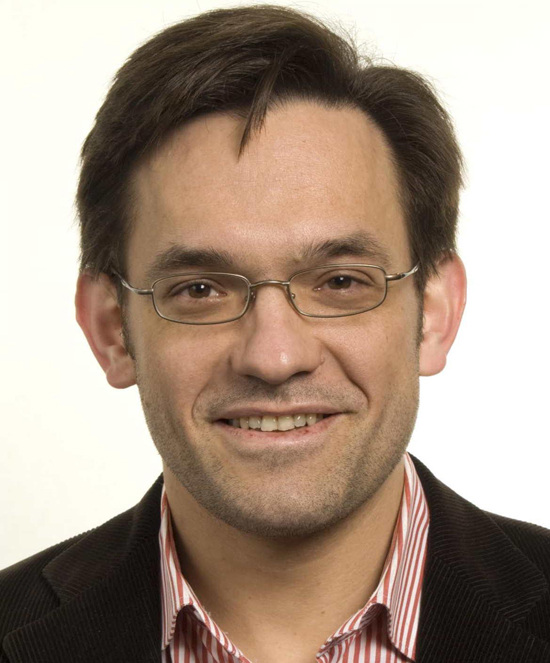MIPSE Seminar
Plasma Dynamo at Last?

The Universe is magnetized: one sees dynamically strong magnetic fields from stars to galaxies to galaxy clusters. The question is what made these fields and what maintains them? The answer is probably turbulence: we know that MHD equations support solutions in which a chaotic 3D flow amplifies the magnetic field until the energy densities of the two are comparable (I will review how this works). The effect is not easy to obtain in the lab, although new experiments by G. Gregori et al. on the OMEGA laser look promising "“ I hope to be able to say more about that. For the high-energy-density extragalactic plasmas, however, where most of the Universe's magnetic energy is stored, all this might be irrelevant because these plasmas are nearly collisionless, gyrating particles conserve their adiabatic invariants and so, even if the magnetic field is dynamically weak, any local change in it leads to the components of the plasma pressure perpendicular and parallel to it changing differently. Pressure anisotropies arise, trigger fast, Larmor-scale instabilities ("firehose" and "mirror"), which then modify the transport properties of the plasma (its collisionality) and the dynamics of the magnetic field in dramatic, spatially inhomogeneous, and theoretically not very well understood ways. Thus, in such plasmas, attempts by "fluid" flows to change the (frozen-in) magnetic field lead to a multiscale state no longer described by fluid equations. Does the dynamo still work? Probably yes: I will describe the main results of new numerical simulations (by F. Rincon et al.) of the turbulent dynamo in a collisionless plasma obeying the Vlasov-Maxwell equations. These show that the dynamo works and even self-accelerates, i.e., the magnetic energy grows faster as the degree of magnetization increases (good news for cosmic magnetism). Eventually it all explodes into firehoses and mirrors. I will discuss how these instabilities saturate and how, therefore, magnetogenesis in a high-energy-density plasma might work.
Alex Schekochihin studied at the Moscow "Phystech" and at Princeton (PhD 2001). After postdoctoral stints at UCLA, Imperial College and Cambridge, he returned to Imperial as a faculty member in 2006. In 2008, he moved to Oxford, where he is now Professor of Theoretical Physics. Starting with an interest in fusion plasmas, he focused on turbulent dynamo for his PhD, a topic he has never managed to let go completely, although he did later branch out to work on plasmoid reconnection, MHD turbulence, astrophysical gyrokinetics, instabilities and turbulence in the solar wind, in tokamak plasmas and in galaxy clusters. Initially determined to be an ivory-tower theoretician, he now fraternizes with observers and experimentalists, both real and numerical (but they still think he is an ivory-tower theoretician). His current preoccupations are collisionless plasma turbulence in phase space and magnetogenesis in extragalactic plasmas. If 2016 proves to be the year of plasma dynamo, as it is shaping up to be, he will feel well pleased and try to learn something new.
 MENU
MENU 
